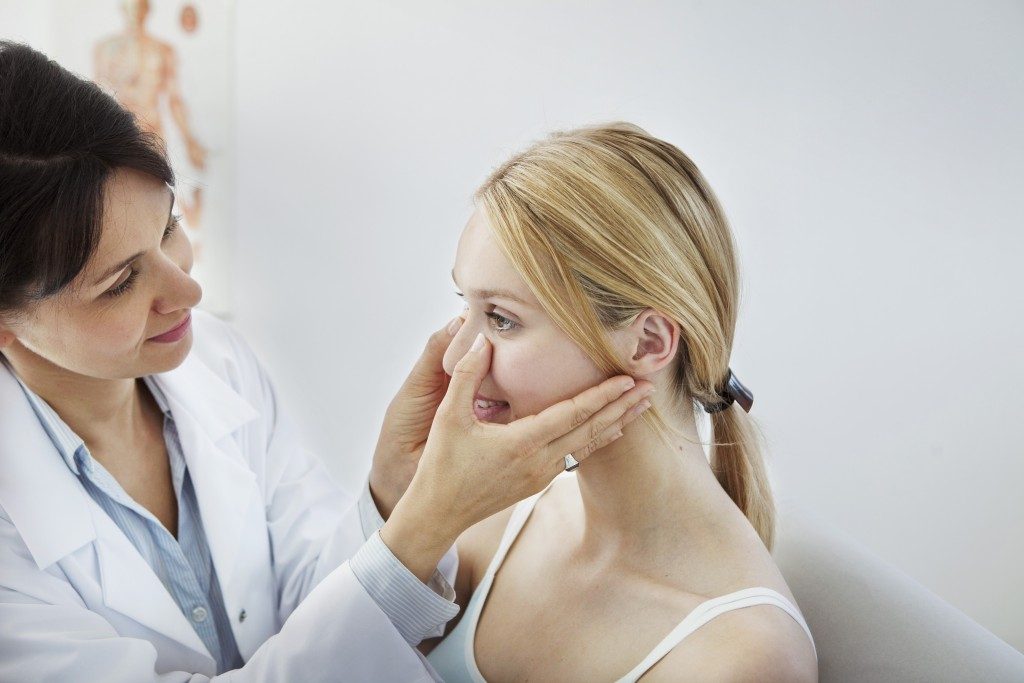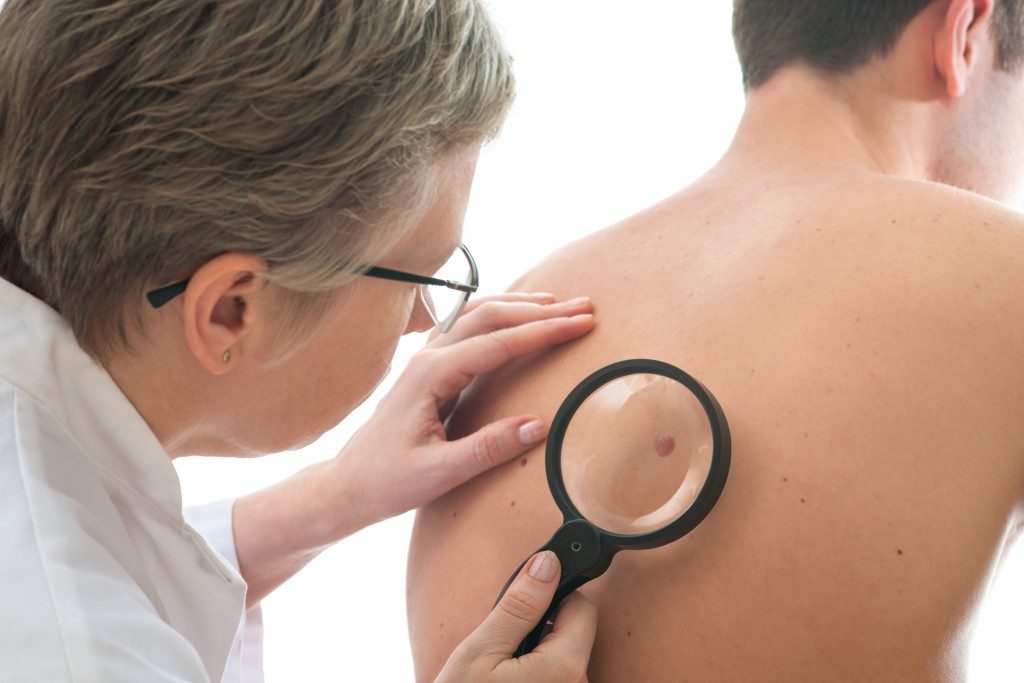In less than 10 years or by 2030, one out of five Americans will be 65 years old or older, according to data from the U.S. Census Bureau. In 2035, the 78 million people aged 65 and older will outnumber the 76.7 million young people below 18 years old.
Self-Determination Among the Elderly
As the number of elderly people increases, it becomes even more important for society and families to recognize their right to self-determination. According to a 2020 study, the theory of self-determination states that supporting an individual’s need for independence, competence, and connections satisfies psychological needs, which in turn leads to well-being. This includes leading a healthy lifestyle and community interactions.
On the other hand, frustrating an individual’s psychological needs leads to unhealthy behavior and illness. U.S. law recognized self-determination about 30 years ago.
The Elderly’s Preference to Live at Home
Among the elderly from the age of 65 and above, 87 percent want to age in their home and current community. They have the right to assert their freedom to decide for themselves, and studies show that this is highly beneficial to them.
The Reading Eagle cites a pilot program launched by the Robert Wood Johnson Foundation in 1990 among 18 states. It found that people with disabilities and the need for long-term care exhibited better health under their choice of home care or care that was community-based. Another study found that self-determination results in 12.4 percent to 15.5 percent of cost savings against traditional care setups. Elderly people who lead self-determined lives are 90 percent more satisfied than others.
Medicaid Supports Self-Determination
More than a million beneficiaries of Medicaid opt for self-directed home care services or community-based services. Medicaid will assess what services the beneficiary needs. The beneficiary becomes the direct employer of the caregiver hired and Medicaid sends the beneficiary the funds to pay for the services. A beneficiary can choose a family member or friend as a caregiver provided the person is qualified. Medicaid only has to assess eligibility.

Preparing the Home for the Elderly
According to the U.S. Census Bureau, as of 2020, only 10 percent of the 115 million houses across the country are equipped to accommodate the elderly safely. Hence, among households with elderly members aged 65 and above, a fourth have problems with some aspects of the home. In households with members aged 85 and above, almost half have problems navigating the home.
The most common danger to elderly people at home is falling, with one older American falling every second daily. The Centers for Disease Control and Prevention (CDC) states that about 20 percent of such falls do serious injury. This is because almost 11 million elderly people in the country have walking difficulties and find it hard to climb stairs. A fourth of all households with elderly members reported they have the most problems with stairs and steps.
The second most problematic part of the house among the elderly is the bathroom with toilet facilities. The CDC reports that over half of the injuries that occur in the bathroom have to do with using the bathtub and the shower. Almost four million elderly people find it difficult to bathe by themselves and to dress.
Unfortunately, 90 percent of homes have steps in the entry, no first-floor bedroom or full bathroom, and no safety features in the bathroom. To reduce risks, families must install handrails or grab bars, safety shower or bathtub seats, and raised toilet seats. Families can buy all the necessary home care medical supplies online.
Funding Assistance for Home Modification
Medicaid and Medicare will fund medical equipment prescribed by the doctor, such as a walker, wheelchair, hospital bed, toilet safety frame, and bath transfer bench, among others.
The Area Agency on Aging in the county has funds from the Older Americans Act for home repair and modification. The family must also consult the local community development and housing authority for any available grants. If the elderly family member has a long-term care insurance policy, the family must check if it covers home modifications. The nonprofit Rebuilding Together gives assistance for home modifications and repair, as well.
For households classified as very low income, the Section 504 Home Repair initiative of the U.S. Department of Agriculture offers grants to address health and safety hazards in the home. Low-income households can also avail themselves of the Low-Income Home Energy Assistance Program (LIHEAP) and the Weatherization Assistance Program (WAP)for home repairs related to weather-proofing the house and improving its energy efficiency. This will help reduce costs and savings can be redirected to fill other needs.
Elderly couples living together in their home or with other family members make their twilight years more meaningful and happier, leading to better overall wellbeing. This also benefits other family members across generations as they share in the wisdom of the elderly.



